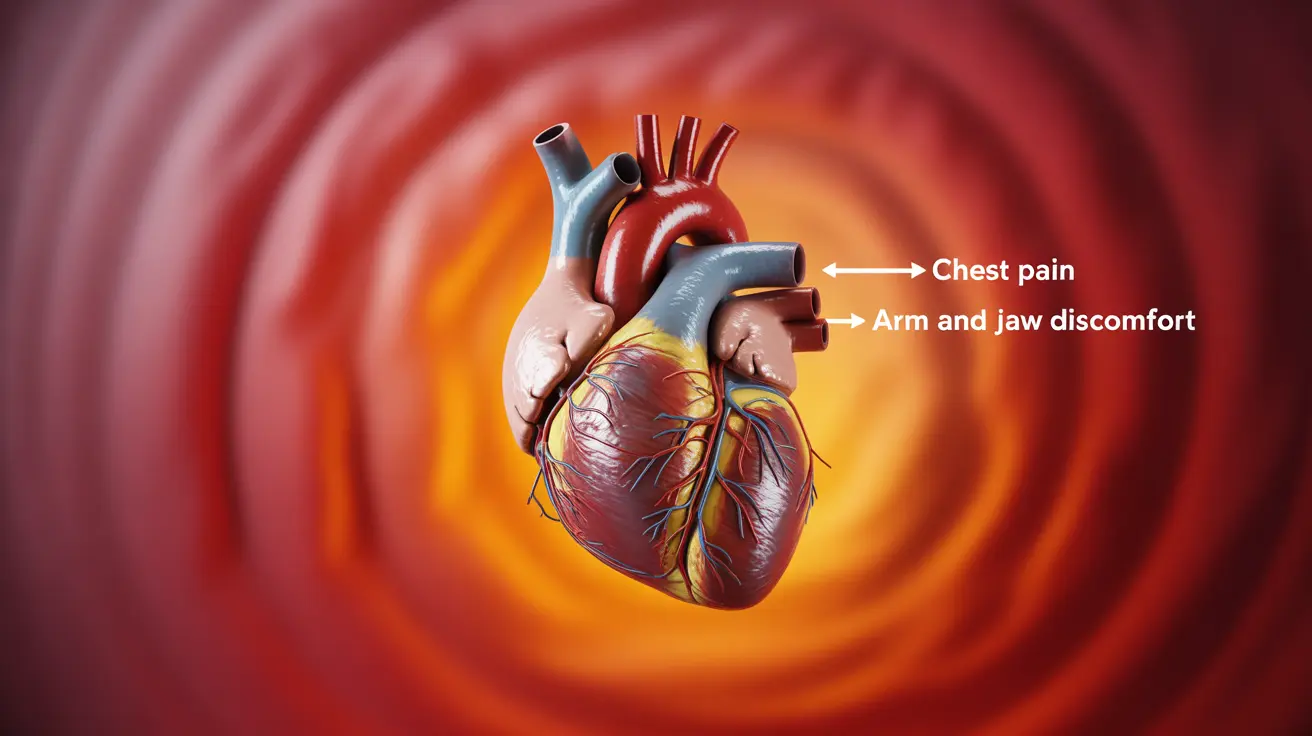Reaching 28 weeks pregnant marks an important milestone in your pregnancy journey, as you enter the third trimester. During this time, your body undergoes significant changes, and being aware of concerning symptoms becomes crucial for both your health and your baby's well-being.
Understanding which symptoms require immediate medical attention can help ensure a safer pregnancy. Let's explore the key symptoms to watch for at 28 weeks and learn how to manage common discomforts effectively.
Critical Symptoms That Require Medical Attention
While some pregnancy symptoms are normal, others warrant immediate contact with your healthcare provider. Watch for these warning signs:
- Severe or persistent headaches
- Sudden vision changes or blurriness
- Decreased fetal movement
- Regular, painful contractions
- Vaginal bleeding or fluid leakage
- Severe abdominal pain
- Sudden swelling in face or hands
Understanding Braxton Hicks vs. True Labor
At 28 weeks, many women experience Braxton Hicks contractions, often called "practice contractions." These typically:
- Are irregular and inconsistent
- Feel like mild tightening
- Usually subside with position changes
- Don't increase in intensity
However, if contractions become regular, painful, or occur more than 4-6 times per hour, contact your healthcare provider immediately, as this could indicate preterm labor.
Managing Common Third Trimester Discomforts
Backaches and Body Pain
As your baby grows, increased pressure on your spine can cause significant discomfort. Try these relief methods:
- Practice good posture
- Use pregnancy support belts
- Engage in prenatal-approved exercises
- Apply heat therapy (with healthcare provider approval)
- Get regular prenatal massage
Leg Cramps and Swelling
Leg cramps and swelling are common at 28 weeks. Manage these symptoms by:
- Staying hydrated
- Elevating your feet regularly
- Wearing compression stockings
- Avoiding prolonged standing
- Getting adequate calcium and magnesium
Baby's Development at 28 Weeks
At 28 weeks, your baby is experiencing significant developmental milestones:
- Eyes can open and close
- Brain wave activity increases
- Lungs continue developing
- Weight is approximately 2.2 pounds
- Length is about 14.8 inches
This growth can impact your body, causing increased pressure on organs and more pronounced pregnancy symptoms.
Frequently Asked Questions
What symptoms at 28 weeks pregnant should I not ignore and when should I contact my healthcare provider?
Contact your healthcare provider immediately if you experience decreased fetal movement, regular painful contractions, vaginal bleeding, severe headaches, vision changes, or sudden swelling in your face or hands. These could indicate serious conditions requiring immediate medical attention.
How can I manage common discomforts like backaches, leg cramps, and insomnia at 28 weeks pregnant?
Manage these discomforts through regular exercise, proper posture, support belts, adequate rest, and staying hydrated. For insomnia, establish a consistent bedtime routine and use pregnancy pillows for better positioning.
What are Braxton Hicks contractions and how can I tell if they are a sign of preterm labor?
Braxton Hicks contractions are irregular, mild tightening sensations that don't increase in intensity. If contractions become regular, painful, or occur more than 4-6 times per hour, this could indicate preterm labor and requires immediate medical attention.
What causes swelling and varicose veins during the third trimester, and what can I do to relieve them?
Increased blood volume and pressure from the growing uterus cause swelling and varicose veins. Relief measures include elevating feet, wearing compression stockings, staying active, and avoiding prolonged standing or sitting.
How does the baby develop at 28 weeks and how might this affect my body and symptoms?
At 28 weeks, your baby's rapid growth and development can cause increased pressure on your organs, leading to more pronounced symptoms like shortness of breath, frequent urination, and back pain. The baby's movements become stronger and more noticeable during this time.




